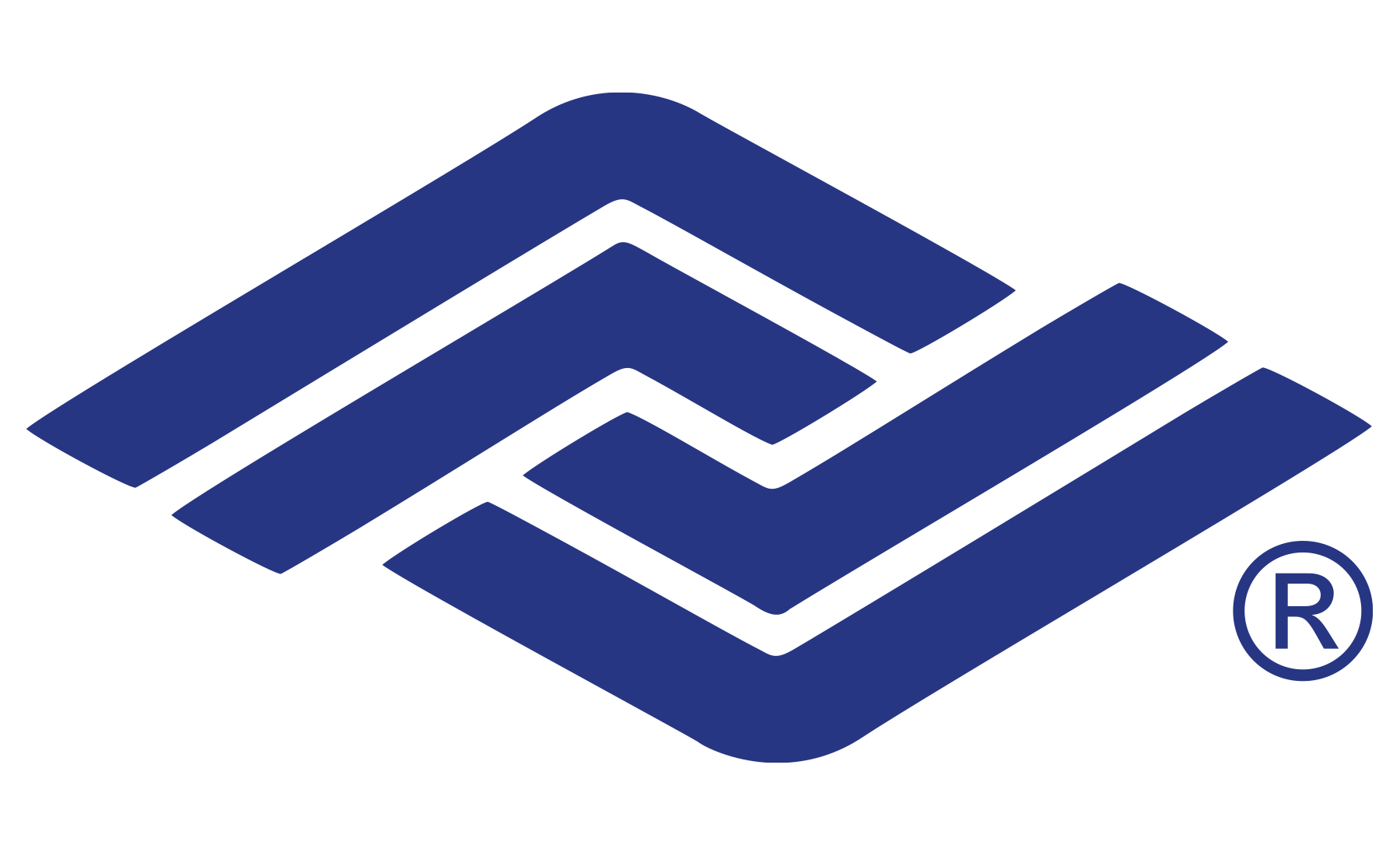
Pay It Forward: A Personal Story
In 2004, I was in Pueblo, Colorado, at a Barnes & Noble bookstore. I went there a lot — usually to buy, sometimes just to read. This particular night, I was reading only because of a temporary financial challenge caused by a few client payments that had yet to arrive. There were some things I really needed to buy over the next several days, but I had only about $10 to my name. It was a mess, and I was pretty anxious.
I met a woman in one of the aisles. As we started talking, I discovered that she was really into one of my favorite authors. We talked for 45 minutes. I didn’t mention my money issues; rather I just enjoyed sharing with someone with whom I was on the “same page.”

We said bye, and I took a book over to the seating area. Ten minutes later, there was a tap on my shoulder. I looked up, and it was the woman. She gave me a $100 bill and said, “I think you need this. I want you to have it.” I was somewhat tongue-tied with a flood of emotions, but I managed to thank her sincerely. After she left, it took me a while to catalog the experience. Nothing like that had ever happened to me before.
A few years later, I watched a movie called Pay It Forward. It had been released prior to my experience at Barnes & Noble. The movie brought back the memory of the woman in the bookstore, and I thought maybe she’d seen it herself and was acting on the powerful idea of paying it forward. But whatever her motive, the thought of random giving was now stuck in my mind, and I began acting on it whenever I spotted an opportunity. It didn’t take long to learn that it really is better to give than to receive.
The Idea in a Nutshell
The term “pay it forward” has become something of a catchphrase in our culture since the release in 1999 of the Catherine Ryan Hyde novel Pay It Forward, followed by the movie the next year. With Las Vegas as the backdrop, Pay It Forward is the story of an 11-year-old boy whose teacher challenges him and his fellow students to see if there’s something they could do to change the world. The boy, Trevor, discovers that performing small, impromptu acts of kindness for strangers, who could “repay” the acts by doing something nice for other strangers, might lead to the change his teacher was talking about. The pay-it-forward concept is not new, however. It had shown up in books, movies, essays, speeches and social movements long before Catherine Ryan Hyde made it famous. As far back as 1784, Benjamin Franklin wrote to an associate:
“I do not pretend to give such a deed; I only lend it to you. When you […] meet with another honest Man in similar Distress, you must pay me by lending this Sum to him; enjoining him to discharge the Debt by a like operation, when he shall be able, and shall meet with another opportunity. I hope it may thus go thro’ many hands before it meets with a Knave that will stop its Progress. This is a trick of mine for doing a deal of good with a little money.” (Emphasis mine.)
My Most Recent “Payment”
The great thing about paying it forward is that the giving itself is more valuable than what you give. Kindness has no dollar amount, and genuine kindness when extended without the expectation of repayment can pay dividends far greater than the value of what we give away.
I had an opportunity to do a little forward paying a week ago at my local grocery store. One of the managers, whom I know in passing only because I’ve been shopping there for so long, seemed to be having a bad day. She was moving slowly and had tears in her eyes. I asked her what was wrong. She said she had a migraine. I asked if she’d taken anything for it. She said she took some aspirin, but it hadn’t done any good.
I’ve had several bouts with cluster headaches, which are in some ways similar to migraines, so I suggested that she drink a few cups of coffee. She said there was no coffee, like in a break room or anywhere. She said she wished she had some, though.
After learning she wouldn’t be off her shift for another couple of hours, I drove across the shopping center to a Starbucks and bought a 20-ounce regular coffee. I brought it back, and she seemed amazed that I would do such a thing. I told her to drink it and, if it helped, to go do something nice for somebody else.

I was in the store the next day, and she came up and said that the coffee really helped. It’s hard to explain the good feeling I got from that, but it wasn’t surprising. Since that woman gave me the $100 bill 14 years ago, I’ve paid a lot forward and have always felt that I got more out of it than my recipients.
You can enjoy these same great feelings if you’ll just keep it in your mind to be ready to act when you see that help is needed. By paying it forward, you’ll get more back than you ever could imagine.






















